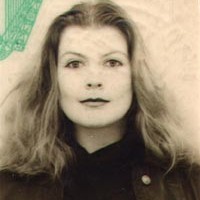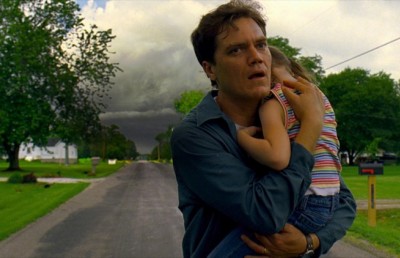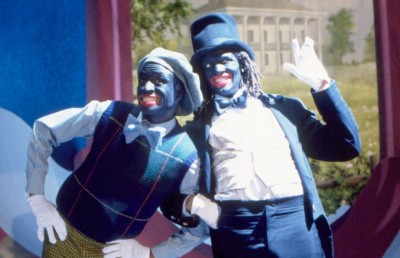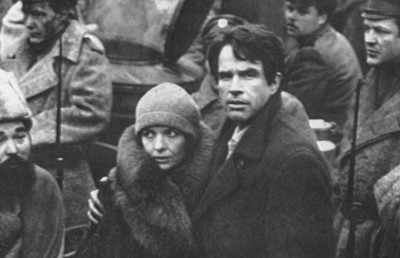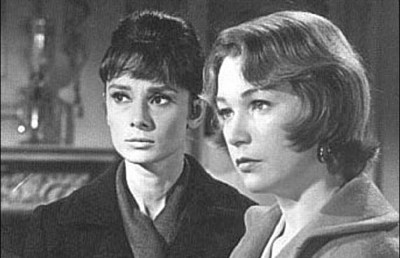The Place of the Screenplay in Academia
Review of two recent books on the screenplay
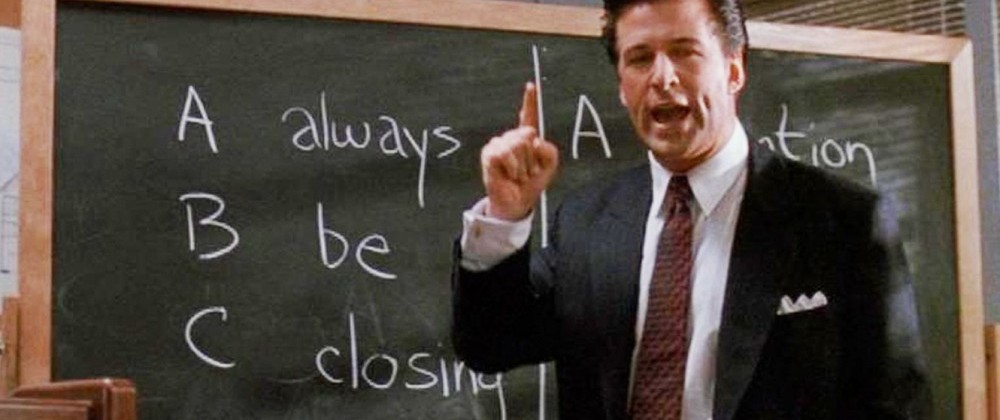
Script Culture and the American Screenplay
By Kevin Alexander Boon
Detroit, Wayne State University Press, 2008. ISBN-13: 978-0-8143-3263-4. 230 pp. (pbk)
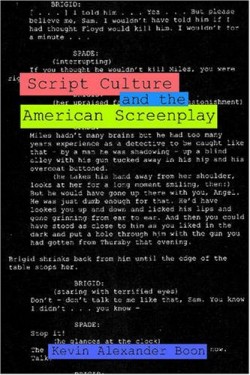
Authorship in Film Adaptation
Edited and with an introduction by Jack Boozer
Austin: University of Texas Press, 2008. ISBN-13: 978-0-292-70285-1. 341pp. (pbk)
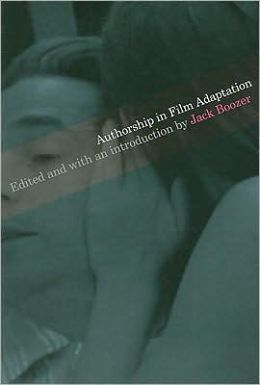
The place of screenplay identification and analysis in academia is somewhat nebulous –it lies somewhere on a spectrum between film studies, vocational instruction and literary theory. The failure of the academy to treat the screenplay as integral to cinema could be attributed to the more attractive prospect of performance rather than text in terms of both visual and narrative analysis, despite the overwhelming necessity for storytelling as a template for production.
Kevin Boon is one of several scholars who has consistently argued for the identification of the screenplay as literary text and in his new volume he makes a strong case for it as an independent, dramatic textual form. Following a concise delineation of the screenplay’s development from the earliest days of cinema, the author proceeds to examine the root of the problem. Part of it lies in the question of availability of published texts –and the sometimes overwhelming number of versions extant. Another issue is the form itself –a stylised and standardised piece of writing, formulaic above all, which, however, to professionals and buffs alike, boasts individualised signatures readily recognisable in the industry.
Underlying Boon’s analysis is the return to Hellenistic theatre and particularly Aristotle’s edicts for drama, which, however have been challenged by analysts such as Lajos Egri, who has argued instead for the privileging of character over action. Boon outlines Aristotle’s criteria for critiquing drama and then utilises them to locate some contemporary films in terms of the characters’ relationship to power and truth, finding for instance in Glengarry, Glen Ross (Foley, 1992), the gaps between the men and their rhetorical espousing of the lie of capitalism. The audience is the site of reception and translation, placed in an ideal situation to untangle the web of their collective delusion. Boon unpicks the dominant gaze as it communicates the code of race and gender through traditional, patriarchal paradigms. He traces the history of representation in Hollywood as a reflection of contemporary mores and finds that it is now possible, however, for screenwriters to move away from the mainstream culture in order to present a more diverse picture of American life, citing productions such as Thelma & Louise (Scott, 1991) as example. Original screenplays –that is, material written directly for the screen– can still prove problematic in terms of credits and authorship attribution. The author considers the case of Natural Born Killers (Stone, 1994), written by Quentin Tarantino, and brought to the screen by a writer/director, Oliver Stone: Stone, he says, cannot resist moralising in his typically allegorical fashion (but he also, typically, leaves his moralising at a somewhat simplistic level). The author ultimately concludes that
The original screenplay is arguably the most likely candidate to reshape aesthetics in the film industry; yet, because of its unpredictability as a salable product, it is also less likely to be produced. (214)
In an article for The Guardian, novelist and screenwriter Salman Rushdie ponders the problems of adaptation to the screen. He asks
What do you preserve? What do you jettison? What is changeable, and where must you draw the line?
(Review, 28 February 2009: 2)
Approaching the complex issues of authorship in adaptation, Boon refers to the adaptation of The Maltese Falcon (Huston, 1941) by John Huston – which is, line for line, utterly faithful to the Hammett novel (regarding action and dialogue), the only significant cuts being Sam Spade’s relationship with Bridget and explicit references to Joel Cairo’s homosexuality (due to censorship issues). Huston’s success therefore can be located in his sensible and aesthetically correct decision to retain the structure of the novel – and, of course, Hammett’s own brilliant, highly visual dramatic writing. With the 1982 remake of The Thing (Carpenter), the possibility for comparison exists in two strikingly different films made from the identical source material –allowing both screenplays, Boon claims, to be examined as original creative works (191).
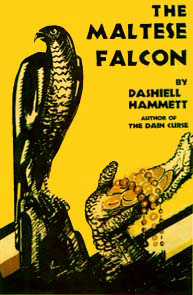
These, and other pressing issues to do with the culture, are also addressed in Jack Boozer’s collection of writings on adaptation, new and old. In focussing on the adaptive process, these twelve essays permit unusually detailed analyses of the screenplay at different levels, encompassing four different approaches by which to define the work. In terms of the activist producer, the 1980 Albert J. Lavalley article on Mildred Pierce (Curtiz, 1945) precisely delineates Jerry Wald’s insistence on “contemporary chic” (45), for a production which forged what Paul Schrader would describe as initiating the second phase of film noir. While Hitchcock’s collaborations have been analysed elsewhere, Thomas Leitch’s essay nonetheless raises –and answers– questions of authorship in terms of the writer’s intentions (be it novelist or screenwriter) when the work is written with a particular director in mind. He cites the case of Launder and Gilliatt, who adapted Ethel Lina White’s The Lady Vanishes (Hitchcock, 1938) for director Roy William Neill, yet it was finally made by Hitchcock and became “quintessentially” his and proved his calling card to Hollywood. This inevitably complicates the status of the adapters in relation to attribution and the author suggests that perhaps a hierarchy of contributors be established both to justify credit attribution and also to expand the level of discourse necessary to further the dialectic between film studies and the screenplay.
Boozer’s own essay on Eyes Wide Shut (Kubrick, 1999) makes a convincing case that the screenplay is an extension of both Kubrick’s social vision of a declining West, and of adapter Frederic Raphael’s preference for situating heterosexual themes in a particular contemporary cultural context –both vital requirements in transposing those dated elements of the originating novella. A trying experience for Raphael (as recounted in his memoir of the collaboration), he declared that Kubrick didn’t know what he wanted but what he explicitly required was an overall story conception – and that the director had absolutely no interest in character (88-9). This complex story of sex, desire, voyeurism, dream, fantasy, guilt, power and class, grew from both men’s distinctive preoccupations yet remains strikingly faithful to Schnitzler. This particular authorial marriage, of the psychic and the physical, may also mirror Kubrick’s other collaborations, all of which depended on novels or short stories as source material.
In the section devoted to screenplays written and directed by the same person, a case study of Devil in a Blue Dress (Franklin, 1995) concentrates on the updated noir form and the significance of Los Angeles as location, along with race – especially mulatto – as cultural signifier. Easy Rawlins’ voiceover explains the story along race and class lines in a language easily understood in 1990s culture. The Sweet Hereafter (Egoyan, 1997) is a more problem-bound case study, given the “ineffable” nature of the Russell Banks novel. The author confronts problems of epistemology and subjectivity in a narrative where the objective truth is ultimately unavailable.
On the subject of writer-director collaborations in adaptations, we learn of the struggle to bring The French Lieutenant’s Woman (Reisz, 1981) to the screen when its “doubleness” was finally given a Shakespearean-style play of masks and identities by screenwriter Harold Pinter; while the attempt to transpose Adaptation (Jonze, 2002) became a play of multiple narratives and truths in a playful script by Charlie Kaufman, who put himself into the story, doubling its potential meaning. This essential recasting of textual signifiers as cinematic devices in these stories within stories constitutes a powerful move away from the limitations of fidelity criticism, which this collection strongly contests. Filmmaking styles are contrasted in the strikingly different adaptations of Lolita, in which, as essayist Rebecca Bell-Metereau ably demonstrates, similar approaches were adopted by Kubrick (1962) and Lyne (1997), but one played it for laughs, the other for sentiment; yet their common problem remained the essential unknowability of the title character (222). With the transposition of Channel 4’s series Traffik under writer Stephen Gaghan and director Steven Soderbergh into cinema’s Traffic (2000), the new, linear narrative is dictated along race and gender lines with an emphasis on the white, nuclear family, which firmly locates the narrative in a familiar rhetoric.
The final section of essays highlights varieties of writer and director collaborations and it appears that the distinctive direct-to-camera address deployed in High Fidelity (Frears, 2000) originated with director Stephen Frears – and as Cynthia Lucia explains, this expands the gendered form of address familiar from the novel and has “multiple implications” for analysis, raising issues of the limitations of adaptation studies and (ironically) the concept of fidelity itself (258; 263). In this kind of analysis, all four versions of the text can be considered independently – the novel, the voice-over version of the screenplay, the direct-address version of the screenplay, and the film itself. For what is any film –if not an adaptation of a screenplay? The delightful play of reference, authenticity and meaning in Bridget Jones’ Diary (Maguire, 2001) reminds us that much of that film’s validity in the marketplace was not only a construction of its much-discussed intertextuality but also the audience’s acceptance of Helen Fielding’s creation of “an outstanding character who can traverse the adaptation process” in a complex, polyvalent tapestry of pre- and post-feminist influences (286).
Ultimately the question of authorship – a fairly commonsense principle outrageously complicated by the sheer volume of people working on films and by the unhealthy legacy of auteur theory, may well be overdetermined; it has certainly caused a spectrum of academic debate which has problematised the career of a multitude of screenwriters, whether originators or adapters. Whether this augments the issue of the personality cults surrounding directors (especially Hitchcock) and necessitates a re-framing of the issue is probably moot: the most effective tool for screenplay and film analysis is most likely to be the multi-voice orchestral mode, discussed by Stillinger, Stam and others, frequently referenced here, and which is reiterated in Boozer’s helpful introduction.
The recuperative strategy used by both of these valuable books is the identification of the screenplay as a separate literary form, separate from but equal to other literary forms. Far from being outmoded, authorship is increasing its capacity to ‘explain’ filmmaking in the academy: the writers here demonstrate how postmodernism and its destabilising play on differences can contribute a practical means by which to understand the screenwriter’s contribution to cinema. Postmodernism has in fact created an environment in which alternative approaches to authorship have emerged in order to understand a proliferation of texts and meanings.
The subtext to both these volumes might be stated as, What is an American screenplay? Both books reverberate with the stresses of the culture and the concept of ownership in cultural production, yet are haunted by the content of what is being expressed in perhaps today’s most popular literary form. Together they provide an invaluable index of developments in their mature approach to an under-examined text and help point the way towards a set of rhetorical structures, begun elsewhere, which could dictate future volumes in order to redress the balance of authorship in cinema.

